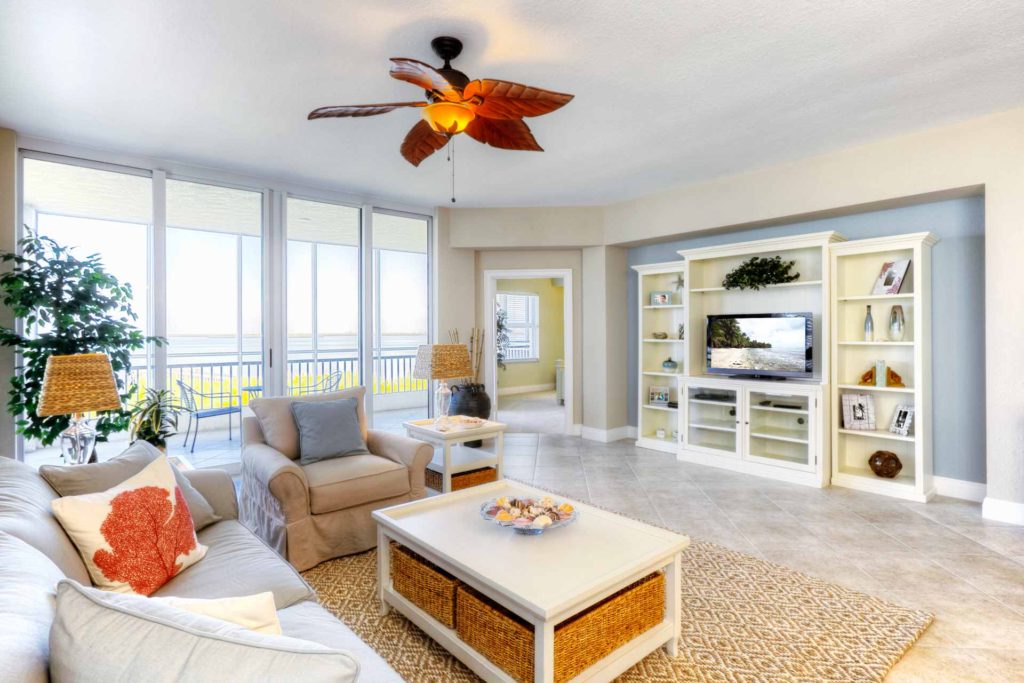With home ownership comes seasonal maintenance, inspections and at times, repairs. Taking the time to complete a thorough walk around your home (both external and internal) will help you identify any potential issues or areas of your home that require some additional attention. When it comes to your windows and doors there are several signs to look for when inspecting them for proper operation.
Below we have highlighted several indicators that will let you know if you need to replace your windows and doors.
1. They Are Outdated
Most older windows and doors were designed to last between 15 – 25 years. If your windows haven’t been replaced in 20+ years, you should consider an upgrade. Not only will the new windows and doors provide a boost in your home’s aesthetics and curb appeal, the technological advancement in these products has been drastic in the past 20 years, leading you to benefit from increased energy efficiency, reduced energy bills, increased safety, and reduced noise pollution.
2. Physical Damage
No matter how old your windows and doors are, once they are physically damaged they will need to be replaced. Cracks, gaps, warping, curved, failing seals, rotten frames and so on will all lead to reduced efficiency, compromised operation, and safety issues. In order to ensure your home is safe, efficient and comfortable act on damaged windows and doors immediately.
3. Operation Issues
You should plan to replace your windows and doors when they become too difficult to open or close. When they become out of balance, or the frames and sashes warp it becomes increasingly difficult to open, close or even lock these windows or doors. Ultimately these issues can expose your home to security and safety risks.
4. A Jump in Your Energy Bills
Inefficient windows and doors can cause a spike in your energy consumption and increasing your monthly bill. By replacing your damaged or inefficient windows and doors with new, energy efficient options, your energy bill will drop down as your heating and cooling system will not need to work as much to maintain a comfortable temperature in your home.
5. Condensation
If you notice condensation or fog in between the panes of your windows, this is an indication of a major issue. The seal around your window panes has been compromised allowing for air to move between these pieces of glass and drastically reducing the energy efficiency of the window.
6. Air Passing From Around Your Windows or Doors
The only way cold or hot air can sneak in from your windows or doors is due to gaps and cracks around the frame or due to a weak seal. Either of these issues will allow air to travel from the outside to the inside of your home and vice versa. Ultimately these drafts will change the internal temperature of your home, reducing your comfort and increasing your reliance on your heating or cooling systems to even out the warm or cool air.


